April 28, 2024 | 02:35 GMT +7
April 28, 2024 | 02:35 GMT +7
Hotline: 0913.378.918
April 28, 2024 | 02:35 GMT +7
Hotline: 0913.378.918
The structure of agricultural products exported to the EU has shifted in a positive direction during the last five years. EU is Vietnam's fourth biggest export market for vegetables, accounting for 5.5% of this product's total export revenue. According to GSO, vegetable exports to the EU reached USD 193.7 million USD in 2021, a 7.6% increase over the previous year.
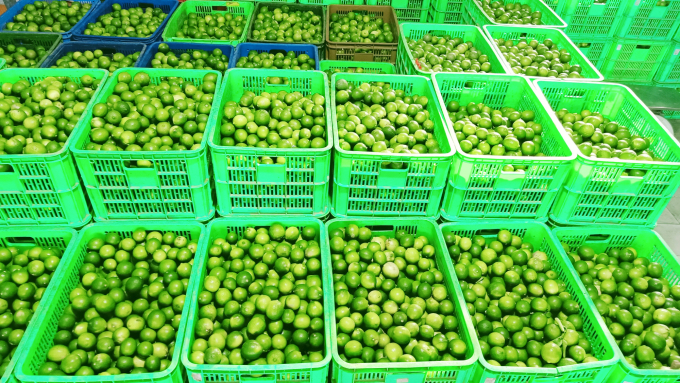
Some agricultural products of Vietnam have successfully penetrated the EU's distribution system. Photo: Kim Anh.
Mr. Nguyen Trung Kien of the Department of International Cooperation (MARD), assessed that the market shares of Vietnam's seafood and vegetables in the European Union (EU) are low, at about 2.1% and 0.2%, respectively. It confronts fierce competition from the Chinese and Thai markets.
Vietnam has exported chiefly raw materials with minimal development potential. Not the quantity, but the value of the products must be prioritized to maximize market share, according to Mr. Kien. Most Vietnamese goods have not yet been able to reach the EU's final sales channels, but are sold via intermediary channels or retail systems.
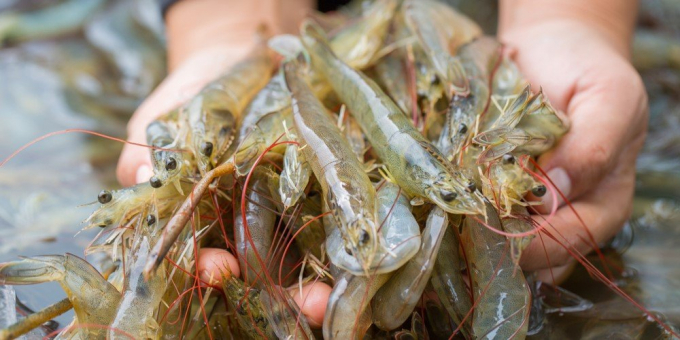
Seafood accounts for only 2.1% of the export market share to the EU market. Photo: Kim Anh.
There are still instances in which agricultural goods and seafood are returned or consumers are informed because pesticide residues exceed the permitted limit. The Rapid Alert System for Food and Feed (RASFF) of the European Union has issued several warnings over Vietnamese exports to the EU that breach food safety laws.
RASFF has given 40 warnings to Vietnam's agricultural exports to the EU in 2021, comprising shipments of fruits and vegetables such as rambutan, grapefruit, coconut milk, and straw mushrooms, as well as seafood such as octopus, oysters, frozen shrimp, frozen fish, etc.
Post-harvest losses are one of the factors that make it difficult for agricultural products from Vietnam, mainly fruits, to compete in the EU market. According to incomplete statistics from the Ministry of Agriculture and Rural Development, post-harvest losses of Vietnamese agricultural products account for 20 to 25 percent, or roughly 8.8 million tons, or approximately USD 3.9 billion per year, with vegetables and seafood accounting for the largest proportion.
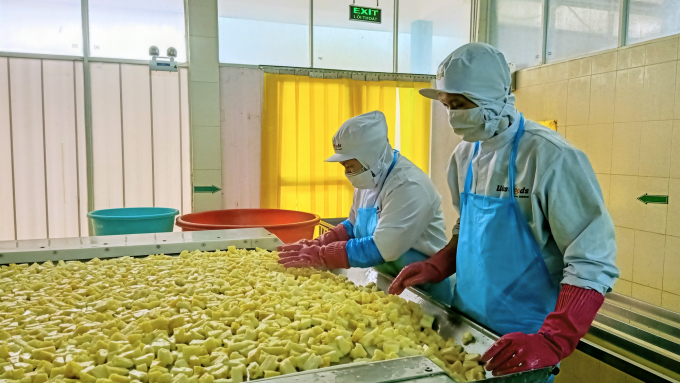
Preservation technology is considered a "survival" element for exporters. Photo: Kim Anh.
Preservation technology is regarded as the "survival" factor that many Vietnamese enterprises must focus on to export vegetables and fruits to the European Union. Mr. Nguyen Dinh Tung, Chairman of the Board of Directors and General Director of Vina T&T Group, a company that exports fresh fruits and vegetables to key markets such as the United States, Australia, Canada, and the European Union, said that the EU market is the most difficult to access.
Mr. Tung pondered, "Why can't Vietnam export lychees since it is the lychee's cradle?" The presence of Chinese lychee was overwhelming throughout the United States, Europe, and Southeast Asia. And the Chinese returned to Vietnam to purchase lychee." Mr. Tung questioned China's lychee preservation technique, stating, "It is seen that Chinese lychee entering the United States would maintain its freshness and appearance."
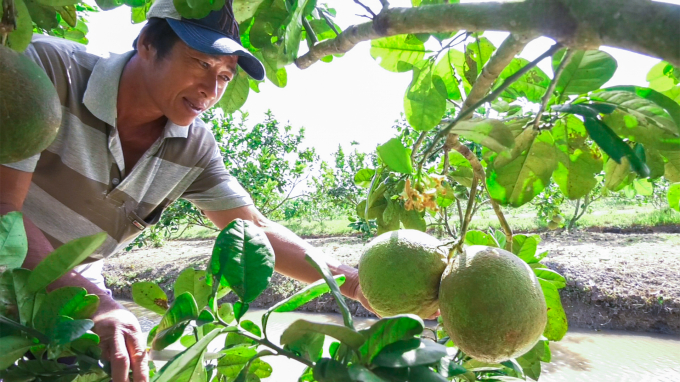
Post-harvest losses are one of the reasons making it hard for Vietnamese agricultural products to compete in the EU market. Photo: Kim Anh.
Due to the insufficiency of the preservation technology, many companies opt to export through the air to decrease the transit time. As a consequence, the product's high selling price prevents Vietnamese fruit from reaching EU customers.
Mr. Nguyen Trung Kien, from the Department of International Cooperation, testified that 1 kilogram of Vietnamese mangoes to the European Union costs approximately six euros, while 1 kilogram of passion fruit sold to this market costs approximately twelve euros if exported by air. As a result, it is extremely difficult for Vietnamese fruit to compete in the market.
According to the Vietnam Logistics Business Association, logistics costs in the agricultural value chain were 20 to 25 percent of the overall cost in 2017, which is 10 to 15 percent more than the regional average. Costs associated with logistics account for 12 percent of the price of seafood, vegetables, and fruits, and 30 percent of rice.
Vietnam's logistics expenses for agricultural growth are 6% greater than in Thailand, 12% higher than in Malaysia, and 300% percent higher than in Singapore. Moreover, Vietnam's agricultural, forestry, and fisheries goods sent to the EU are susceptible to pricing pressure from shipping fleets, hence boosting logistical costs.
Translated by Linh Linh
/2024/04/27/0800-2-090419_758.jpg)
(VAN) The biggest obstacle to developing large timber forests is the worry of forests being destroyed by natural disasters due to the prolonged exploitation cycle. Insured planted forests have created a driving force for development.
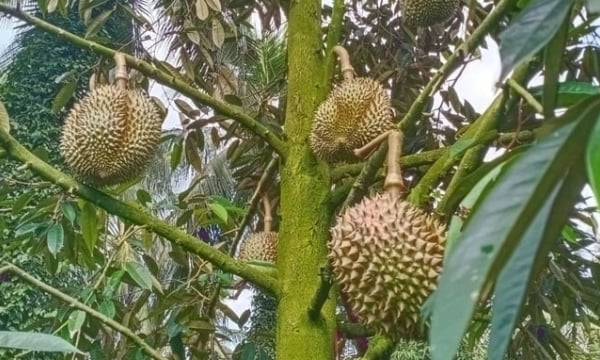
(VAN) The story of planting 30 durian trees for higher profit than 1,000 coconut trees has sparked a movement to replant mixed gardens, uprooting acacia trees to plant durian trees in Hoai An district.
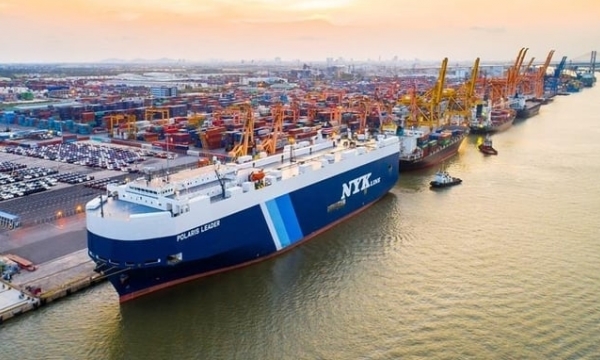
(VAN) In recent years Hai Phong has been leveraging its advantages in seaports and logistics to develop its economy and society, but there is still work.
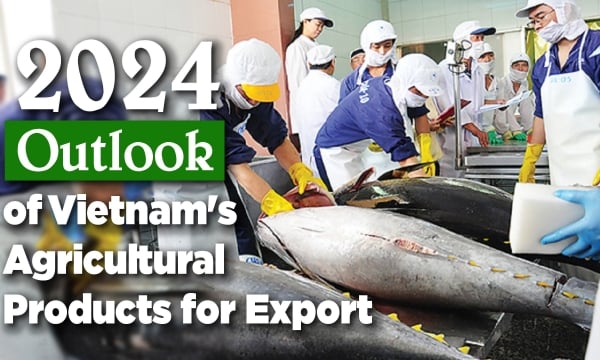
(VAN) The yellow card under the IUU Regulation, market fluctuations, fishing quotas, and new regulations must be clarified for fishing businesses when adapting.
/2024/04/24/1914-3-121559_180.jpg)
(VAN) To develop the wood industry market, export wood processing enterprises in Vietnam mainly use certified planted forest timber to be proactive about the source of clean raw materials.
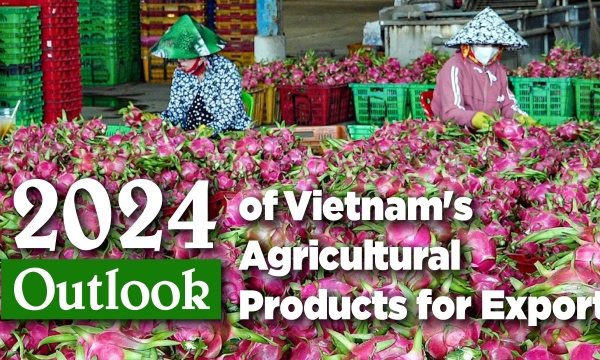
(VAN) Due to scarce supply at the end of the lighting season, combined with stable consumption in the Chinese market, the price of Binh Thuan dragon fruit increased sharply.
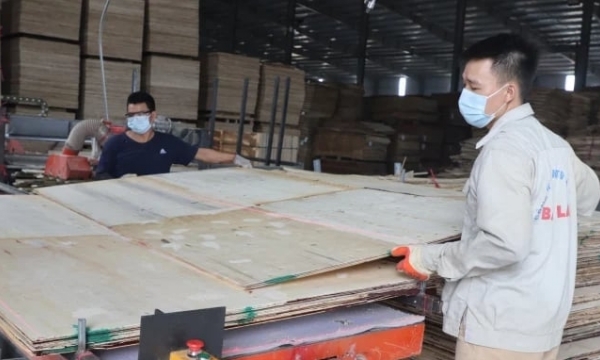
(VAN) Following the final rulings on anti-dumping duties issued by South Korean regulatory authority, 152 plywood businesses will be subject to export duties ranging from 4 to 13 percent.